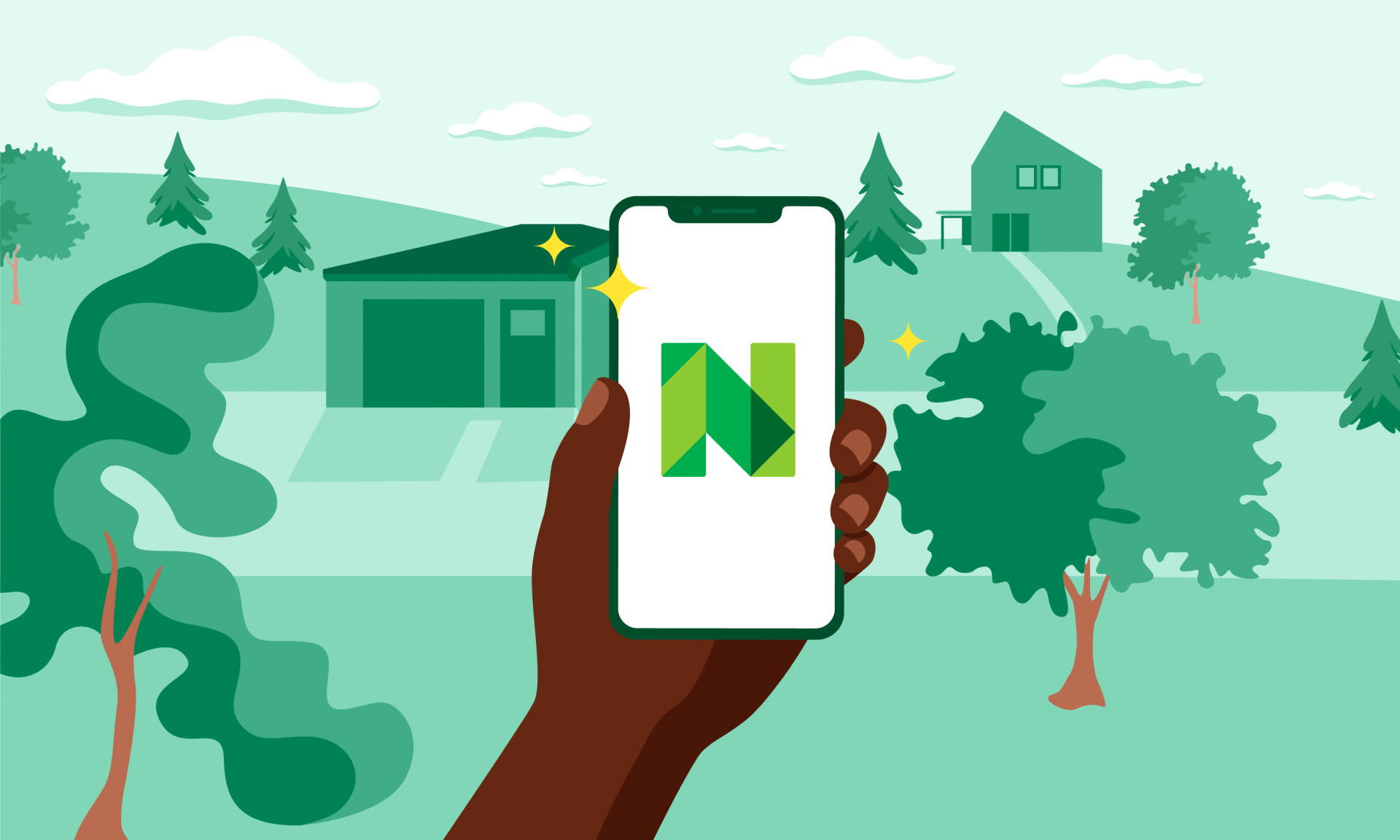If you’re at the beginning of the process of starting to save money for a large purchase or you’ve recently experienced an income reduction and you need to create a budget to make the most effective choices with your money, you most likely need to start by tracking your current expenses to see where you spend your money and where you need to make adjustments.
Many people find expense tracking somewhat tedious and know that it requires some diligence to keep up with. But I’m gonna show you 3 ways to track expenses and depending on your preferences and lifestyle, you can decide which works best for you and maybe simplify your process a bit!
Option #1 is your classic notebook and pen method. This is a great option for those that function mostly with cash or they just don’t like to fiddle with technology all day long.
A notebook like this one works because its small enough to go in your purse or in the arm rest or glove compartment of your car and you’re able to keep it handy wherever you go so you can write down your expenses on the spot.
You can keep a list of expense categories taped to the inside of the cover for quick reference. Plus it has pockets where you can temporarily store receipts until you get a moment to enter the transaction details in the notebook or until you transfer them to your permanent receipt filing system – which could be file folders, envelopes or digital images saved on your computer or cloud storage account.
This method will require the most diligence since you will be manually entering each and every transaction. When you’re entering the transaction details – if you’re not using a preprinted expense tracker book like this one that you can find on Amazon – you want to make sure you at least include:
- the date of the transaction,
- what the transaction was,
- the type or category of the transaction and
- the amount
I always like to pay attention to the date because it lets me know when the bulk of my expenses tend to fall throughout the month and then I can see if I need to negotiate due dates for certain bills so that my expenses are more evenly distributed throughout the month.
Option #2 is to download your bank account activity once per month.
This option is ideal if all of your income goes directly into your bank account and you function primarily with a debit card. At the very end of each month, you’re not downloading your statement which usually saves as a pdf. Instead, you’ll export your transactions as a comma delimited or csv document which can then be opened in Excel or Google sheets.
From there, just enter the categories for each transaction. Add a filter for the category column. Choose each category one by one to add up how much was spent per category. Then type the totals in on the next sheet. This method eliminates the need to write everything down every day and can be done in about 1 hour just once per month as you prepare to create your budget for the upcoming month. Just make sure you’re still saving your receipts, especially so you can identify what any ATM withdrawals were used for.
Option #3 is to track expenses using a smart phone app. This is probably the best option for those that have two or more bank accounts.
There are free apps such as Mint or Nerdwallet that allow you to sync multiple financial accounts – not just bank accounts but also investment accounts - if you have them, so that the only time you have to enter transactions manually are when you receive and spend cash that never went through your bank account. This could be money you got in a birthday card or money you put into a birthday card to give to someone else.
Mint Budget & Expense Manager
- Android: https://play.google.com/store/apps/details?id=com.mint&hl=en_US&gl=US
- iOS: https://apps.apple.com/us/app/mint-budget-expense-manager/id300238550
The beauty of using an app is that it does all the math for you, everything is in one place whether it be cash, credit or debit card activity, you can add in all of your upcoming bills with the due dates and set up bill payment reminders, get instant snapshots of your overall spending and account balances and its all in one place in one device that, if you’re like me, you have with you most of the time already. You literally wouldn’t need anything else to track your income and expenses.
Just know that whenever you use one of these apps, you have to spend a little time upfront connecting your accounts, and putting in your desired expense categories if the prepopulated ones don’t meet your needs. But once they’re in there, you don’t have to repeat the process again.
Now, if you want the convenience of using an app but you don’t like the idea of syncing your bank accounts, you can use an app like Money Manager & Expenses by Innim Mobile.
Money Manager & Expenses App by Innim Mobile:
- Android: https://play.google.com/store/apps/details?id=ru.innim.my_finance
- iOS: https://apps.apple.com/us/app/money-manager-expense-tracker/id1510997753
With this one, you’ll be entering everything manually but the app still does the calculations, offers monthly comparison charts, the ability to set up bill payment reminders and a bonus feature that the other two don’t offer is the ability to upload images of your receipts to go along with the entered transactions.
If you’re interested in trying one of these apps, or looking into some others, here are a couple of articles that compare some of the top Expense tracker apps for iOS and Android smartphones.
ARTICLES ON TOP EXPENSE TRACKER APPS:




